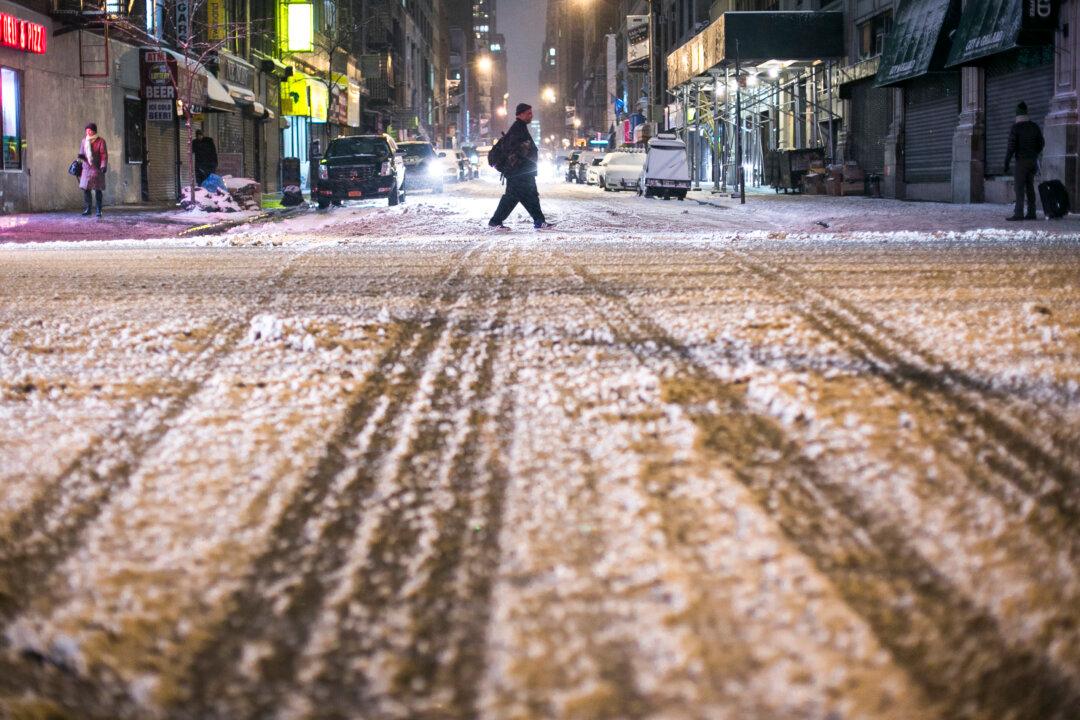During a snowstorm last February that brought more than a foot of snow to New York City, the new mayor was strongly criticized for keeping schools open and failing to plow streets in Manhattan’s Upper East Side.
This time around, Mayor Bill de Blasio made sure not to get caught flatfooted. He would play it extra safe.
A rare travel ban was ordered, prohibiting non-emergency personnel on the streets after 11 p.m. Monday and shutting down schools. Public transportation was suspended too and people left work in droves to get home before the worst hit.
But the worst never came.





